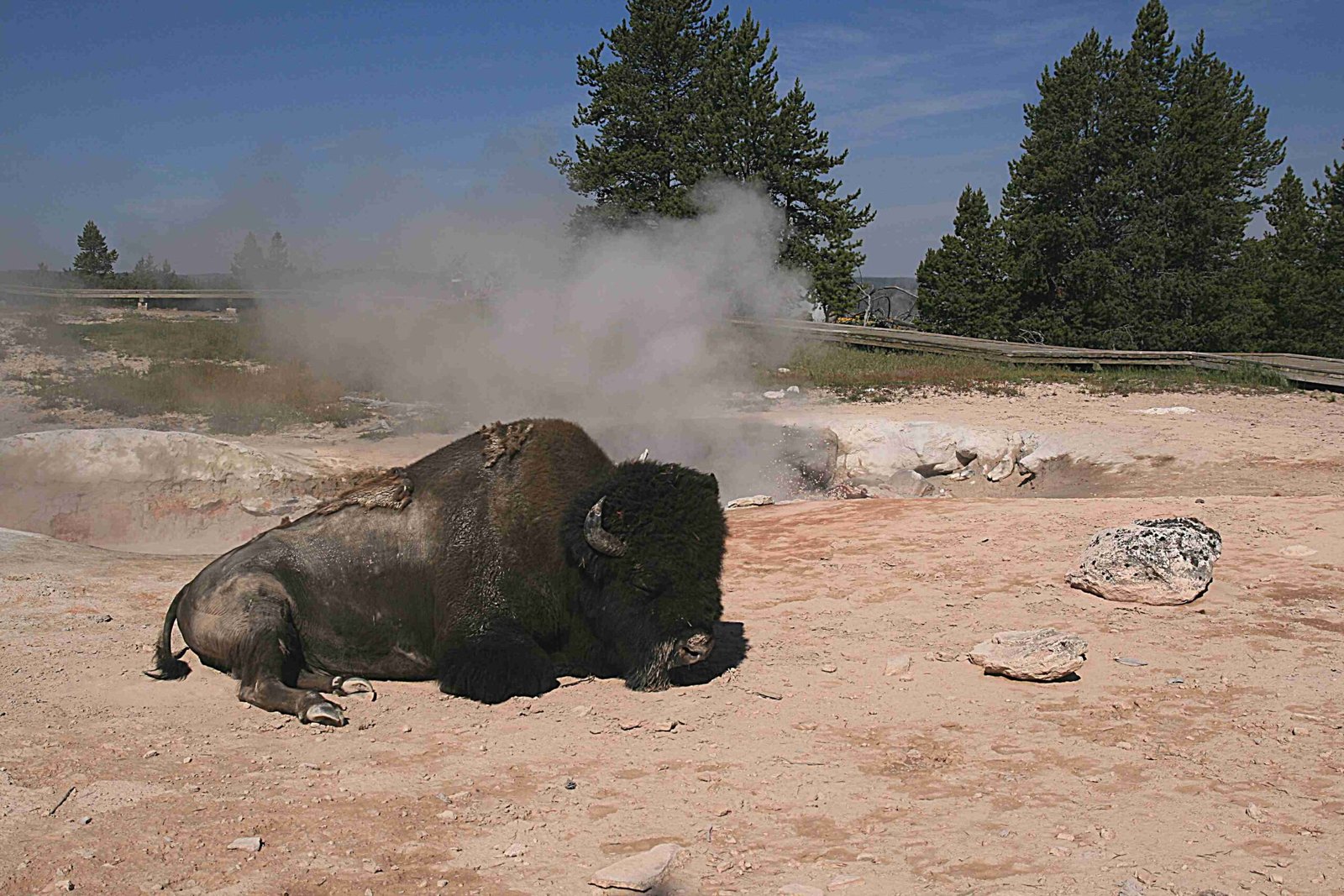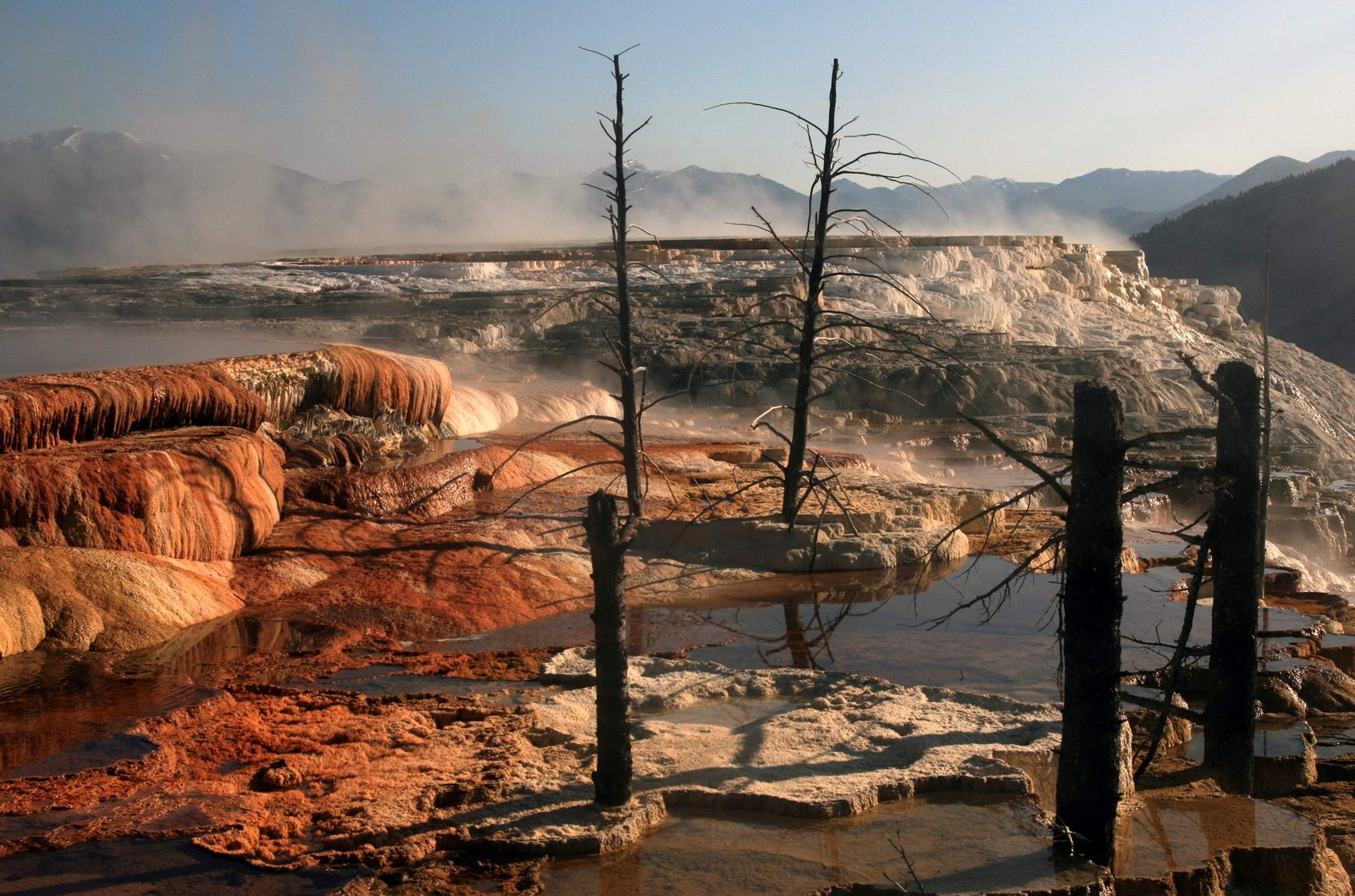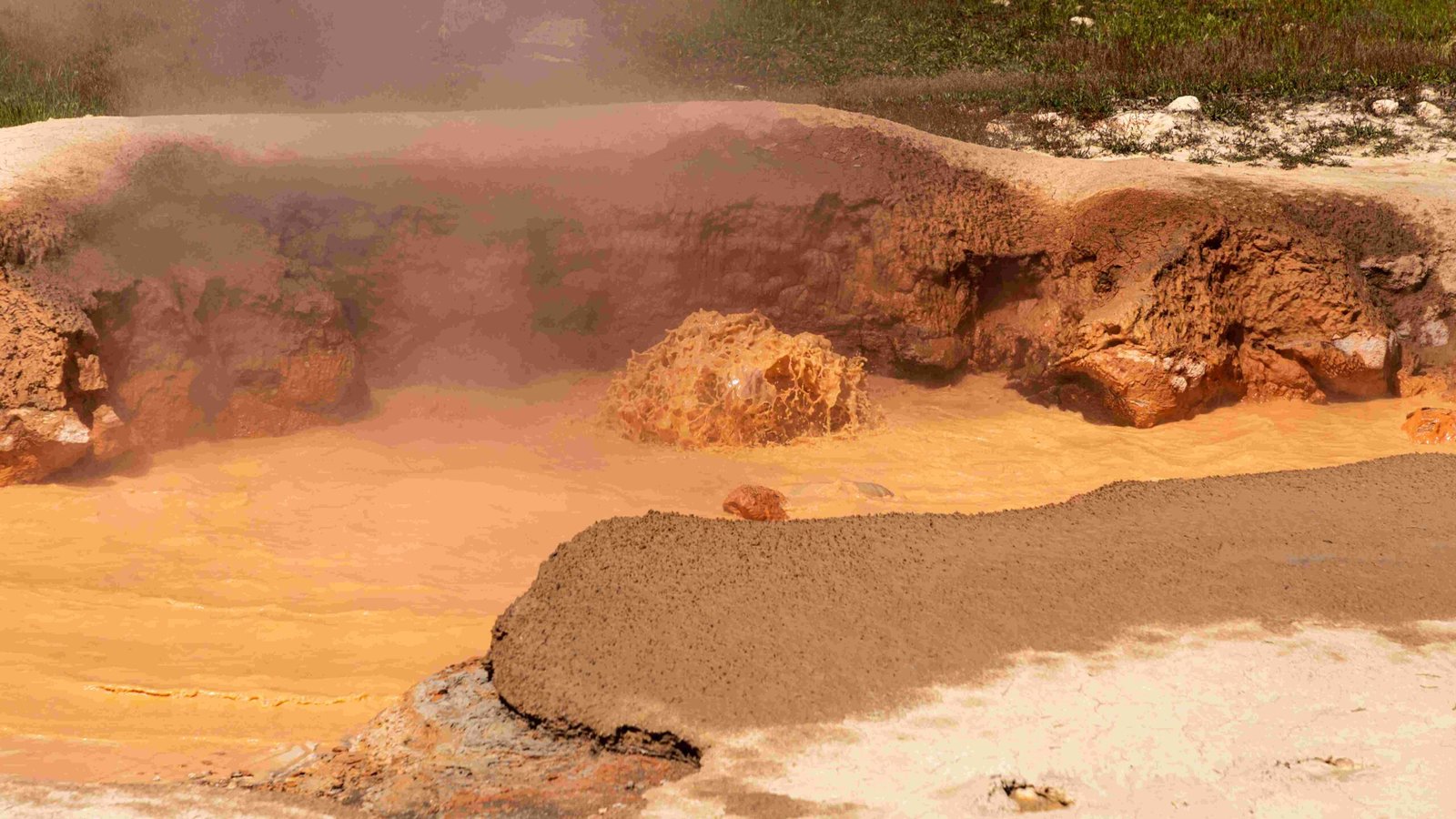Yellowstone National Park, renowned for its geothermal features, is also a hotspot for seismic activity. The United States Geological Survey (USGS) closely monitors earthquake activity in the park, providing crucial data for scientists and visitors alike. Recent USGS reports indicate ongoing seismic events, including minor earthquakes and swarms, which are typical for this geologically active region. Understanding these patterns is essential for park management and visitor safety.
What Are the Latest USGS Earthquake Reports for Yellowstone National Park?

The most recent USGS earthquake data for Yellowstone National Park reveals a consistent pattern of seismic activity:
- In December 2023, 89 earthquakes were recorded in the Yellowstone region.
- The largest event was a magnitude 2.1 earthquake, occurring on December 16, 2023.
- Several earthquake swarms were observed, including:
- A 16-earthquake swarm near West Yellowstone, MT (December 8-14)
- A 14-earthquake swarm near West Thumb (mid-December)
- An ongoing swarm south of West Thumb, starting December 29
This level of activity is considered normal for Yellowstone, aligning with the park’s average of 1,500 to 2,500 located earthquakes annually.
How Does USGS Monitor Seismic Activity in Yellowstone?

The USGS, in collaboration with the University of Utah Seismograph Stations, employs a comprehensive monitoring system:
- Seismometers: A network of sensitive instruments placed throughout the park
- GPS stations: Continuous monitoring of ground deformation
- Satellite imagery: Used to detect large-scale changes in landscape
- Gas and water chemistry analysis: Helps identify changes in hydrothermal systems
This multi-faceted approach allows scientists to track both immediate seismic events and long-term trends in the Yellowstone caldera.
What Are the Implications of Recent USGS Earthquake Data for Yellowstone?
The recent USGS earthquake data for Yellowstone National Park suggests:
- Normal Activity Levels: Current seismicity is within expected background levels.
- Ongoing Subsidence: The Yellowstone caldera has shown continuous subsidence since 2015.
- No Immediate Concerns: There are no indications of increased volcanic or hydrothermal hazards.
| Observation | Implication |
|---|---|
| Background seismicity | Typical geological processes continuing |
| Caldera subsidence | Part of long-term cycle, not cause for alarm |
| Earthquake swarms | Common occurrence, representing about 50% of total seismicity |
These findings help scientists understand the park’s geological behavior and inform park management decisions.
How Does USGS Earthquake Data Affect Visitor Experience in Yellowstone National Park?
While USGS earthquake data is primarily used for scientific purposes, it also impacts the visitor experience in several ways:
- Safety Measures: Park authorities may close certain areas based on seismic activity.
- Educational Opportunities: Visitor centers use USGS data to educate the public about Yellowstone’s geology.
- Tour Planning: Guided tours often incorporate recent earthquake information into their narratives.
- Accessibility Updates: Visitors can check for any earthquake-related closures or restrictions before their trip.
What Should Visitors Know About USGS Earthquake Monitoring in Yellowstone?
Visitors to Yellowstone National Park should be aware of the following:
- Earthquakes are a normal part of Yellowstone’s geological activity.
- The USGS continuously monitors the park for any significant changes.
- Most earthquakes in Yellowstone are too small to be felt by humans.
- Visitor centers provide up-to-date information on recent seismic events.
- Park rangers are trained to provide guidance in the event of significant seismic activity.
How Can Visitors Access USGS Earthquake Data for Yellowstone National Park?
Visitors interested in USGS earthquake data for Yellowstone National Park can access information through various channels:
- USGS Website: Offers real-time earthquake maps and reports
- Yellowstone Volcano Observatory: Provides monthly updates and in-depth analysis
- Park Visitor Centers: Display current seismic information and offer educational programs
- Mobile Apps: Some third-party apps utilize USGS data to show recent earthquake activity
By staying informed, visitors can enhance their understanding of Yellowstone’s dynamic geological landscape.
What Future Developments in USGS Earthquake Monitoring for Yellowstone Can We Expect?
The USGS is continually improving its earthquake monitoring capabilities in Yellowstone National Park:
- Enhanced Sensor Networks: Deployment of more sensitive and numerous seismic sensors
- Advanced Data Analysis: Implementation of machine learning algorithms for faster earthquake detection and analysis
- Improved Public Communication: Development of more user-friendly interfaces for public access to earthquake data
- Integration with Other Monitoring Systems: Combining earthquake data with other geological and environmental monitoring for a more comprehensive understanding of the Yellowstone ecosystem
These advancements will provide even more accurate and timely information about seismic activity in the park.
In conclusion, the USGS earthquake monitoring in Yellowstone National Park plays a crucial role in scientific research, park management, and visitor experience. By providing accurate and timely data, the USGS helps ensure the safety of visitors while offering insights into one of the most geologically active areas in North America. As technology advances, we can expect even more detailed and accessible information about Yellowstone’s seismic activity in the future.
References:
1. USGS Volcano Notice – DOI-USGS-YVO-2024-07-23T19:18:45+00:00
2. USGS Volcano Notice – DOI-USGS-YVO-2024-01-02T09:58:43-08:00
3. Yellowstone Volcano Observatory | U.S. Geological Survey
4. Yellowstone Earthquake Activity

